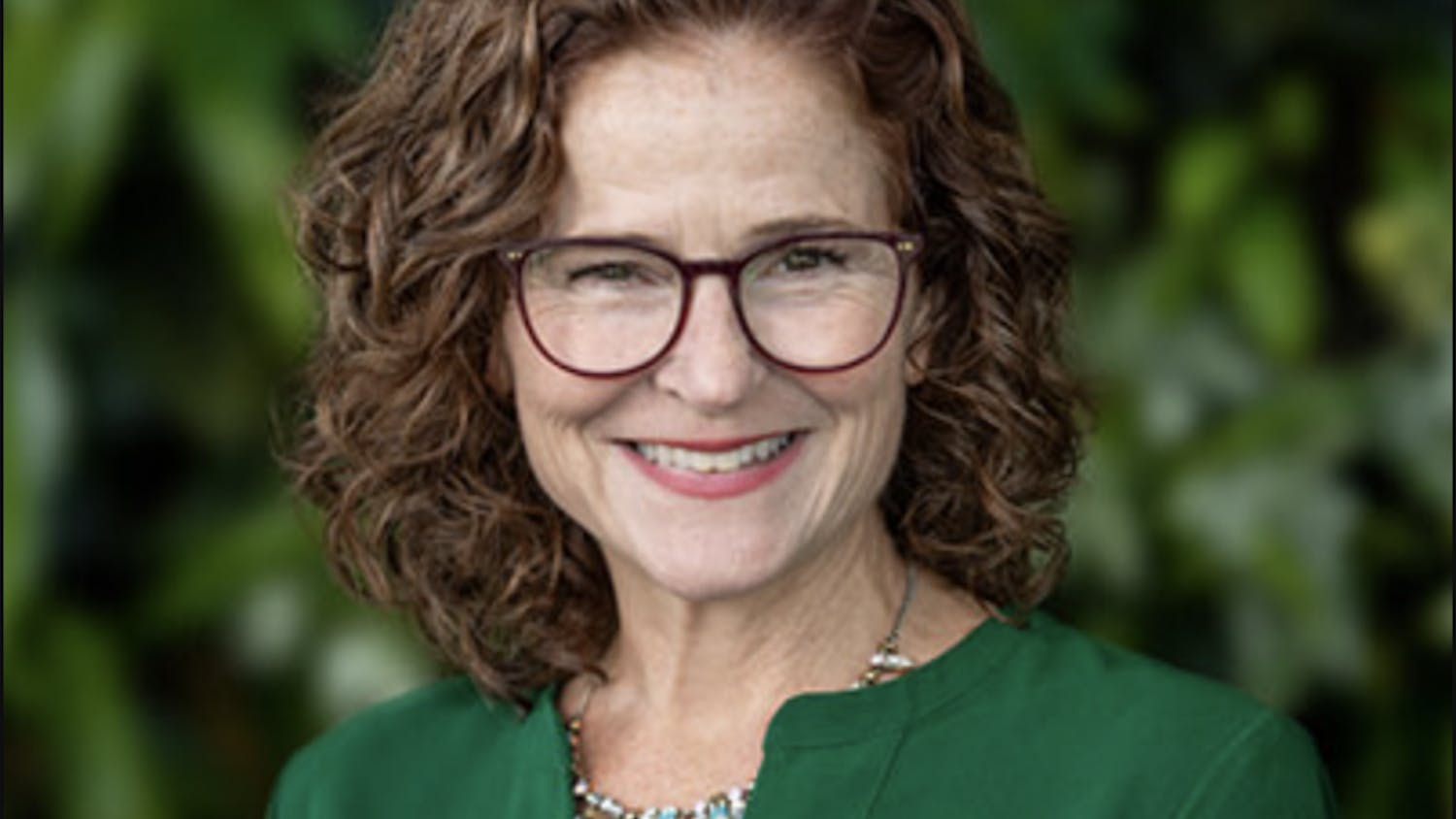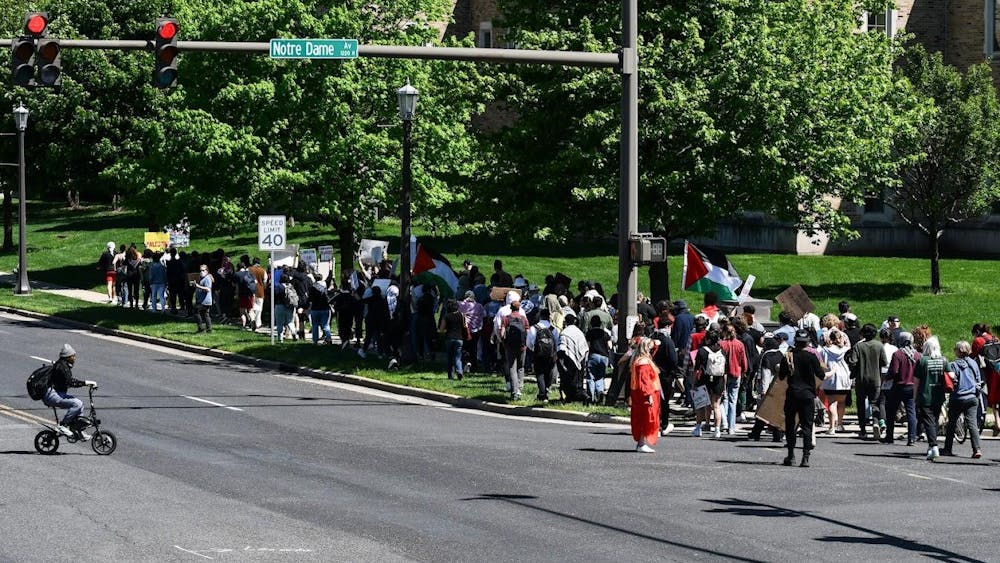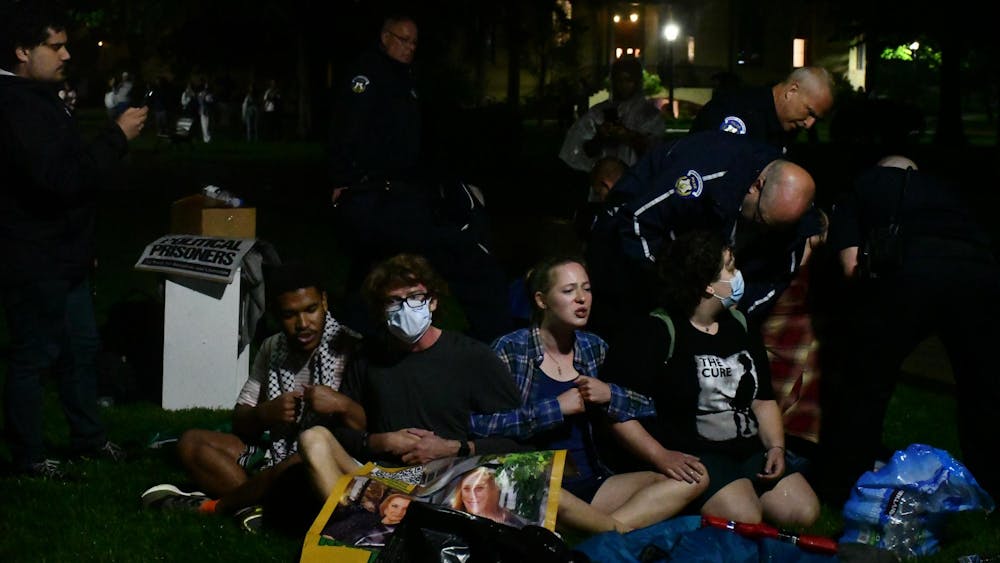Members of the Notre Dame community questioned what it takes to become a community of healing for victims of assault during "A Time to Heal" dinner Thursday.
Paul Kollman, the acting executive director of the Center for Social Concerns, said the healing process is messy, unpredictable and rarely linear.

He said four simple terms can describe the healing process: surviving, remembering, voicing and waiting.
Kollman said surviving was not something to be taken for granted because to survive a trauma like sexual assault is to be violated at the very core. He said it is often the end of the world that existed before the assault.
"Sometimes surviving can be self-administered, sometimes not," Kollman said. "What is supposed to have been the most loving, free and intimate of physical interaction becomes abusive, violent and un-free."
However, Kollman said the work of a healing community cannot focus on just surviving. Instead, the community must consider the process of remembering.
"Of course being a healing community means moving beyond surviving and to remembering," Kollman said.
He said this remembering is part of why surviving a sexual trauma is never really over. The memories are always there, just under the surface, Kollman said.

"Memory is an ongoing editorial process, by which we bring aspects of our past into our present awareness," he said. "It seems common that people who undergo sexual violence have involuntary moments of remembering what happened to them, so the ghost structures of previous damage haunts the imagination."
While Kollman stressed that remembering is an important part of the healing process, as well is voicing what happened.
"Healing almost invariably involves voicing, or telling what one has undergone," he said.
This process usually begins with the survivor as the first audience, through journaling or self-reflection, Kollman said. The second audience may be a peer or counselor.
"We need peers, who by the grace of God had gifts for such welcoming listening," he said. "Learning to be people … of a helpful sort, patient [and] non-judgmental … learning to be those kinds of people is the work of a lifetime."
Lastly, Kollman discussed waiting and how healing takes time.
"As communities composed of people who have suffered sexual violence, we need to learn to be patient with those whose healing is underway, but not as instant as we in our temptation might want."
Dr. Rita Donley, the associate director of the University Counseling Center, said trust is also a major component of a healing community.
"[In a healing community], believe what you hear," she said. "We don't want to believe this could happen to us, our roommates, our siblings, our friends. [Instead], we engage in blaming the victim, because we want to push that pain away."
Donley said often times victims themselves push their pain away by concealing their experience.
"Often, people don't come forward right away and they try their best to just shove it away and go back to being a student, athlete, anything they can to just shove it away," she said.
Yet the victim continues to question the experience with five questions.
"What happened to me? How did this happen to me? Why did this happen to me? Why did I act the way I did and how will I act the next time I feel the way I feel?" she said.
Sometimes victims enter into a state of self-blame, she said.
"There is a reason people engage in self-blame," she said. "When you are the victim of trauma, it is the ultimate experience of being out of control."
Donley said to become a true community of healing, members must suspend judgment by not labeling survivors of sexual trauma, being patient and being there to witness their support.
She also said instead of addressing self-destructive behavior as bad, students should express concern for their friend and reaffirm that they stand behind them in their struggles.
"I have been privileged as a psychologist to be at the beginning of a patient's journey and many steps along the way," she said. "While I see pain, I see amazing resilience, strength, courage, beyond anything I have ever seen."












